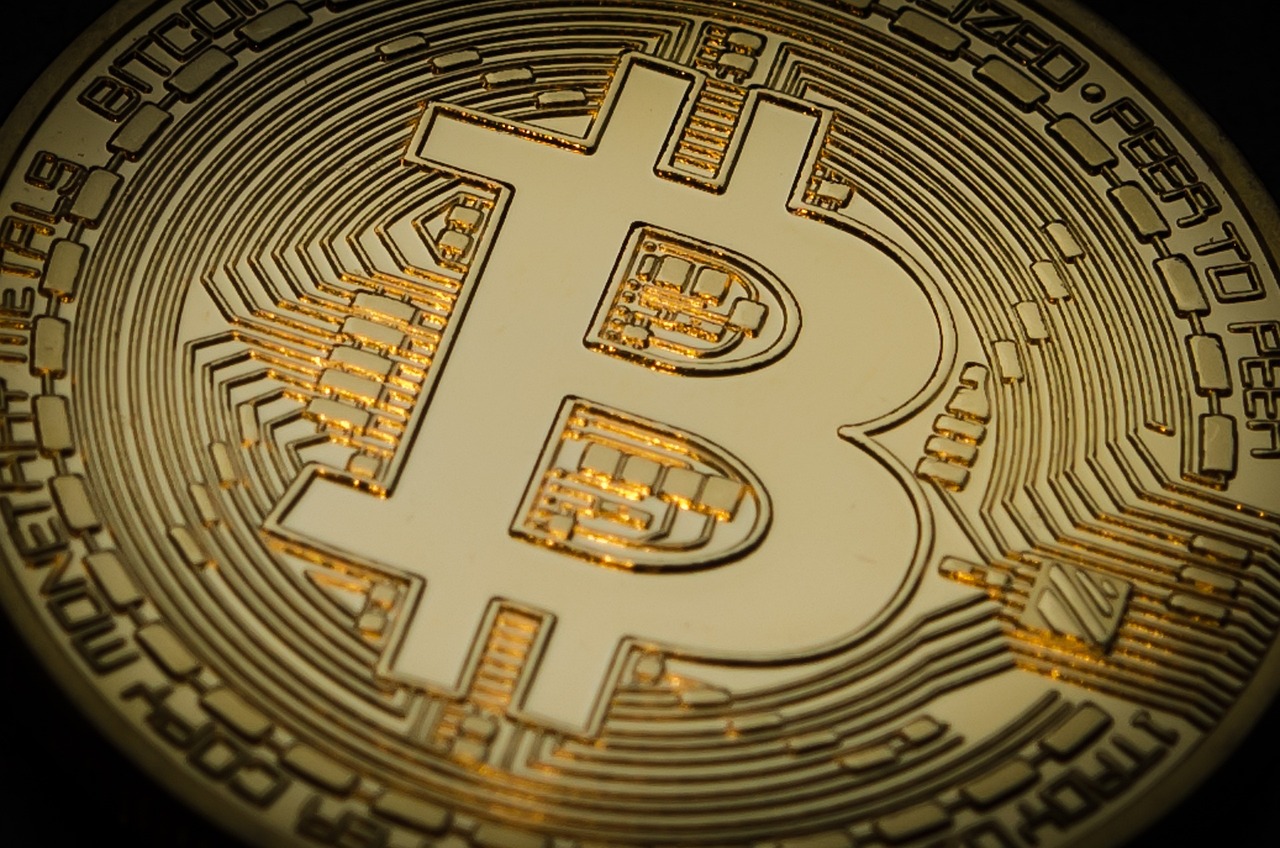Mt. Gox Creditors Hold Onto Bitcoin Despite Large Distribution
30.07.2024 19:30 1 min. read Alexander Stefanov
Nearly half of the Bitcoin owed to Mt. Gox creditors has been distributed, yet many are still holding onto their assets even after a decade of waiting.
As of now, 59,000 BTC—over 41% of the total 141,686 BTC—has been returned to Mt. Gox’s creditors. Despite the distribution totaling nearly $4 billion, creditors have not significantly sold off their Bitcoin, according to a recent report by Glassnode.

The decision to receive Bitcoin instead of fiat currency, a new development in Japanese bankruptcy proceedings, means that only a small portion of these coins might be sold on the market. The total amount originally owed was over $9.4 billion to around 127,000 creditors, raising concerns about potential market impact.
Kraken finalized the distribution of Mt. Gox Bitcoin to creditors on July 24. Mt. Gox, once a leading Bitcoin exchange in Japan, collapsed in 2014 after a massive hack that resulted in the loss of 850,000 BTC.
Current trading data from exchanges shows little increase in selling pressure, suggesting creditors are holding onto their Bitcoin rather than liquidating it.
This lack of selling is surprising given Bitcoin’s substantial price increase of over 8,500% since the exchange’s collapse. The data indicates a shift in investor behavior from selling to “hodling,” or holding assets long-term.
-
1
Bitcoin: What to Expect After Hitting a New All-time High
10.07.2025 14:00 2 min. read -
2
Peter Brandt Issues Cautious Bitcoin Warning Despite Bullish Positioning
10.07.2025 20:00 2 min. read -
3
Standard Chartered Becomes First Global Bank to Launch Bitcoin and Ethereum Spot Trading
15.07.2025 11:00 1 min. read -
4
Vanguard Now Owns 8% of Michael Saylor’s Strategy, Despite Calling BTC ‘Worthless’
15.07.2025 17:09 2 min. read -
5
What’s The Real Reason Behind Bitcoin’s Surge? Analyst Company Explains
12.07.2025 12:00 2 min. read
Global Money Flow Rising: Bitcoin Price Mirrors Every Move
Bitcoin is once again mirroring global liquidity trends—and that could have major implications in the days ahead.
What is The Market Mood Right Now? A Look at Crypto Sentiment And Signals
The crypto market is showing signs of cautious optimism. While prices remain elevated, sentiment indicators and trading activity suggest investors are stepping back to reassess risks rather than diving in further.
What Price Bitcoin Could Reach If ETF Demand Grows, According to Citi
Citigroup analysts say the key to Bitcoin’s future isn’t mining cycles or halving math—it’s ETF inflows.
Is Bitcoin’s Summer Slowdown a Buying Opportunity?
Bitcoin may be entering a typical summer correction phase, according to a July 25 report by crypto financial services firm Matrixport.
-
1
Bitcoin: What to Expect After Hitting a New All-time High
10.07.2025 14:00 2 min. read -
2
Peter Brandt Issues Cautious Bitcoin Warning Despite Bullish Positioning
10.07.2025 20:00 2 min. read -
3
Standard Chartered Becomes First Global Bank to Launch Bitcoin and Ethereum Spot Trading
15.07.2025 11:00 1 min. read -
4
Vanguard Now Owns 8% of Michael Saylor’s Strategy, Despite Calling BTC ‘Worthless’
15.07.2025 17:09 2 min. read -
5
What’s The Real Reason Behind Bitcoin’s Surge? Analyst Company Explains
12.07.2025 12:00 2 min. read


